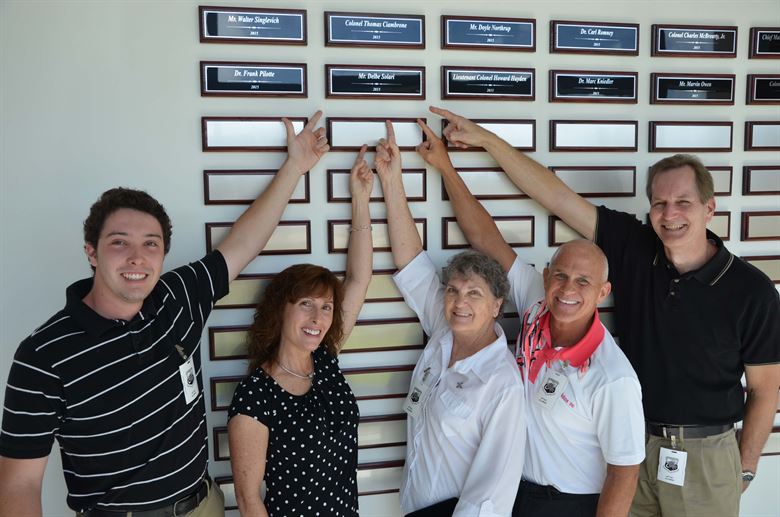What does it mean to have an “Innovation Culture?” For some, it can mean open floor plans and shared desk spaces, beer in the fridge and casual dress. For others, a culture of innovation is found in workplaces where people are constantly building the next cutting-edge technology or software to disrupt their markets. In my view, both of these cases are valid, but they don’t sum up the entirety of what culture really means.
We define culture as the combination of the values (or beliefs) and norms (or actions) of all individuals in a workplace, and when those values and norms center around innovation (e.g. customer-centric mindsets, openness, diversity, acceptance of failure), that’s how you get an Innovation Culture.
It can sound simple when put this way, but the part that many companies miss is that these crucial culture elements cannot come from the top down. The unique culture that each workplace exhibits comes from distinct values and norms from every single person at that organization. Once the top level of an organization tries to force a culture, they will always find resistance to change and clashes all the way down. Dipak Jain, former Dean of the Kellogg School of Management and Sasin Institute in Bangkok, Thailand, says it best in our recent book, Lifting People Up: The Power of Recognition, “The moment you take a hierarchical approach, you have created a problem.”
So how do you change the culture of an organization to become more unified and innovative? The simple answer is, you have to talk to people! Have interviews with your employees, send out surveys, host round tables; do whatever needs to be done to get a sense of what is most important to the employees of your organization as it relates to culture-driven values. Then, try and distill that into a set of 5-7 commonly found core values that both support management’s vision for the company and fall in line with what your employees value. This way, when you develop new norms and practices to bring these values to life, be they new communications systems, a different hiring process, or cutting out some bureaucratic red tape, the change will be a welcome relief instead of a confusing disruption.
Building the perfect culture can often be difficult because each organization’s culture is totally unique to the specific group of people that make it up. That’s why hiring the right people is so important for positively influencing culture; as an organization grows and takes on new members, they too play a key role in the continuation and development of the culture. Jennifer Bentz describes in our book how Tyson Foods works hard to make sure that despite their large size, their culture works for everyone. She says that for their culture to effectively permeate throughout the thousands of employees, “We’ve got to feel confident that every single person in the organization has a voice.”
Organizational values are more than just a plaque on the wall. If your company is serious about changing the culture to become more innovative, customer-focused, streamlined and inclusive, you need to start by going out and talking to the rest of the people in the organization and figure out what is most important to them.
